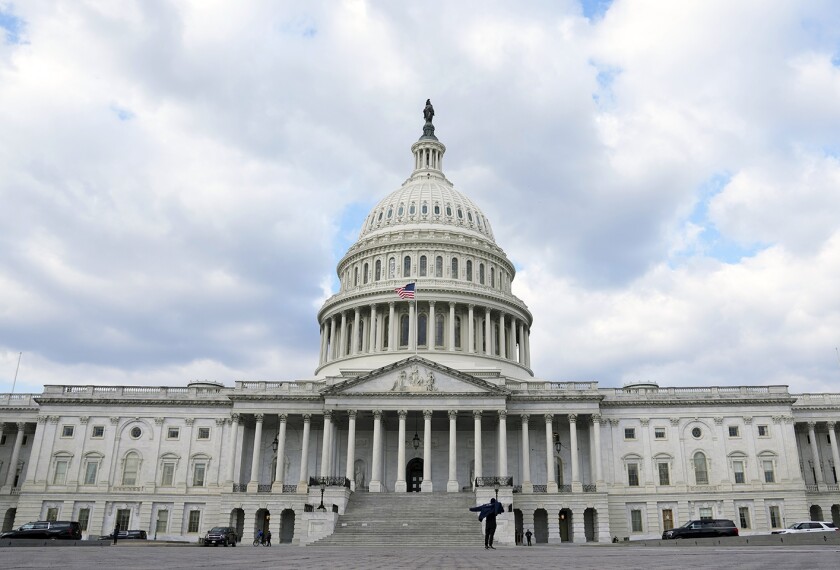Corrected: An earlier version of this article misidentified one of the tests that Idaho uses. The state uses the Smarter Balanced assessment.
After seven years of tumult and transition fueled by the common core, state testing is settling down, with most states rejecting the federally funded PARCC and Smarter Balanced assessments, and nearly one-quarter embracing the SAT or the ACT as their official high school test.
Education Week‘s third annual survey of states’ tests found a landscape far more stable in 2016-17 than it was in 2014-15, when dozens of states had tossed aside their old assessments to try the new arrivals designed by two big consortia of states, the Smarter Balanced Assessment Consortium and the Partnership for Assessment of Readiness for College and Careers, to align with the Common Core State Standards. There was a flurry of interest in those tests in the first few years, with 45 states planning to use them. But by now, 27 have opted for other tests.
The national survey also shows a steady increase—four more states than last year—in the number of states that require all students to take the ACT or SAT college-admissions exam in high school. A dozen of those states use those tests to measure achievement, the same number as last year, but a big jump from years ago, when only a handful used college-admissions tests for that purpose. The Every Student Succeeds Act, enacted a year ago, invites states to use college-admissions tests to measure achievement.

Here’s how states’ assessment plans break down in 2016-17, illustrating a few key trends:
Most states have rejected PARCC and Smarter Balanced tests.
• 20 states and the District of Columbia will administer PARCC or Smarter Balanced tests in 2016-17. That’s the same number as last year, and nine fewer than two years ago.
• Twenty-seven states are using tests they designed or purchased.
• Three states give tests that are a blend of their own, home-designed questions and items from PARCC or Smarter Balanced.
• PARCC and Smarter Balanced have lost ground most acutely at the high school level. In 2016-17, seven states will use one of those tests only in grades 9 or lower. Last year, six states fit that pattern.
High school testing continues to tilt toward the SAT or ACT.
• Twenty-five states require students to take the SAT or ACT, four more than last year.
• A dozen of those states use the ACT or SAT for federal accountability reporting, the same number as last year. For most of those states, the college-admissions tests have replaced other high school tests, becoming the only way states measure and report high school achievement to the federal government.
Last year, several states paired the ACT or SAT with other state exams, using the college-admissions tests to measure college readiness and another test to measure achievement. Only one state, Mississippi, still uses that approach. Testing experts have raised questions about the use of college-admissions tests to measure students’ mastery of academic standards.
Fewer states require students to pass a test to graduate from high school.
• Twelve states require students to pass a test in order to receive a high school diploma, two fewer than last year. In most of those states, students must sit for a standardized test, or they can choose among several standardized tests. In some states, students have a menu of options by which they can earn diplomas, including doing extended projects or presenting a portfolio of work. But they still must demonstrate mastery in those presentations to get a diploma.





